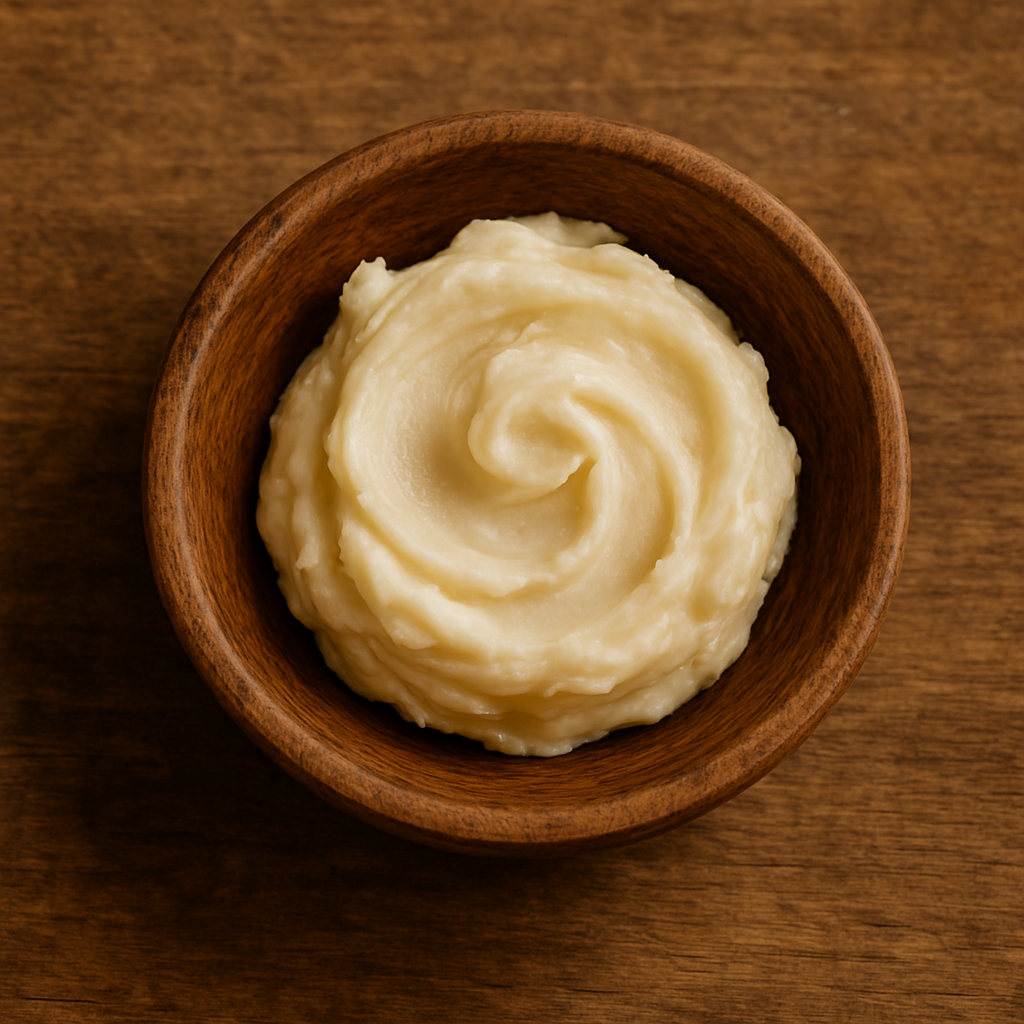
🌿 Whipped Tallow Honey Balm: The Vintage Skincare Revival
Share
Why Tallow Matters in Skincare
For those asking what is tallow — it’s rendered beef tallow, rich in fatty acids and vitamins that mimic the skin’s natural oils. This makes beef tallow for skin highly absorbable, deeply moisturizing, and ideal for repairing the barrier.
Paired with honey, known for its antibacterial and humectant properties, the result is a beef tallow and honey balm that delivers hydration, glow, and resilience.
What Reviews Are Saying
Across tallow and honey balm reviews, from Based Supplies Tallow and Honey Balm reviews to tallow honey balm reviews on natural skincare forums, users highlight:
-
Moisture that lasts all day with whipped tallow honey balm
-
Soothed skin — less redness, irritation, and dryness
-
Barrier protection that reduces flakiness and tightness
-
Gentle care for sensitive skin — especially for eczema or psoriasis
Why Leeza Is Different
While brands like Neptune Tallow and Honey Balm and Terra Lotus Tallow Honey Balm are loved, Leeza takes the formulation further:
-
Grass-fed beef tallow → nutrient-dense and rich in vitamins A, D, E, K
-
Manuka honey → antibacterial and soothing for sensitive skin
-
Shea butter & olive oil → antioxidants and extra nourishment
This makes Leeza the best tallow and honey balm for those who want heritage quality with modern refinement.
DIY or Ready-Made?
Some people experiment with a tallow and honey balm recipe at home. While DIY can work, it often lacks the smooth, whipped texture and shelf stability of a professional blend.
Leeza’s whipped beef tallow honey balm is crafted for consistency, luxury, and effectiveness — no guesswork required.
Final Word
From Neptune to Terra Lotus, tallow and honey balm reviews prove that this natural remedy is here to stay.
Leeza’s balm brings the vintage secret of tallow and honey into the modern age — a jar of pure nourishment for skin that deserves both tradition and science.
